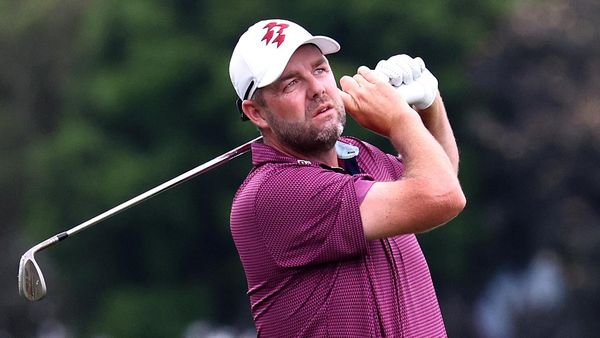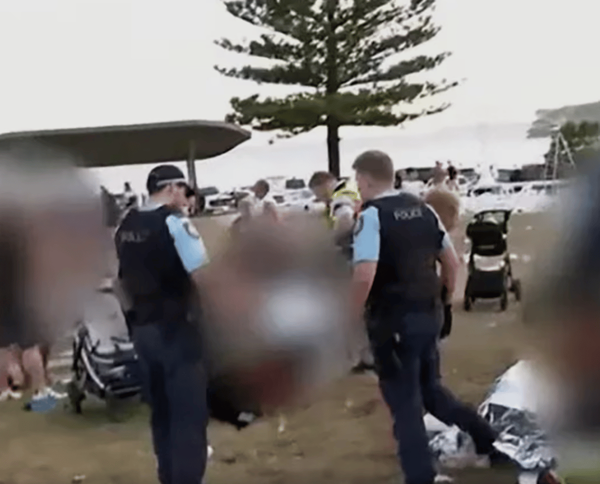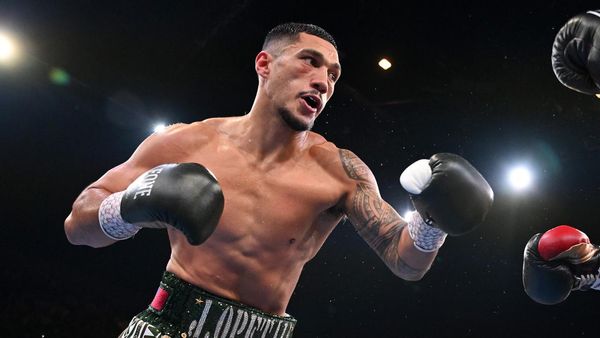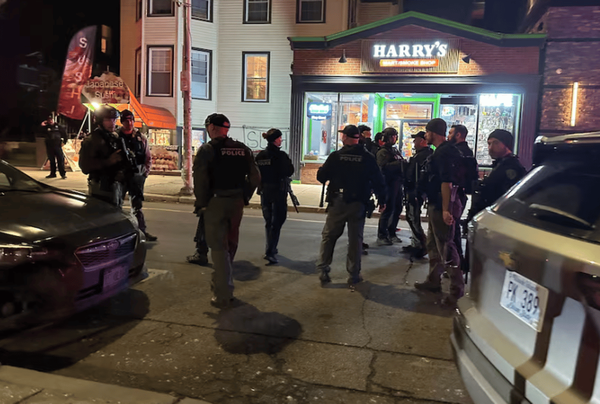
Exactly two decades ago Britain officially handed over to a delegation of Western Australian Noongar people the head of Yagan, an Aboriginal warrior murdered on the Swan River near Perth in 1833.
It was an important moment of spiritual healing for the Noongar and a critical step in their conciliation with Great Britain, whose officials – at least at a local level – had come, finally, to assist in returning Yagan’s head, and thus his spirit, to his country.
The moment was, however, dramatically overshadowed. On 31 August 1997, the day Yagan’s head was officially handed to his people, England’s self-declared queen of hearts, Diana – the princess, who, as Hilary Mantel writes, Britain “invented to fill a vacancy” – died in an auto crash in Paris.
An already bittersweet moment was suddenly freighted with added poignancy as Britain lapsed into collective mourning for a lost princess on the same day it returned, after 164 years, the Noongar’s equivalent of a warrior-prince.
Yagan’s murder by colonial settlers was, even by the day’s standards, an act of hideous violence. That his head (“kaat”) was subsequently removed and dispatched to England as a biological curio, a specimen to aid the discredited voodoo science of phrenology – whereby racial intelligence and personality could purportedly be determined by cranial distinctions – added indignity to death.
Yagan’s experience, in life and death, also came to highlight the existence in the scientific collections of numerous foreign institutions the bodies of thousands upon thousands of Indigenous Australians. Many, like Yagan, were frontier war victims. Some were killed specifically for their body parts. Bone collectors – men who stole remains from sacred Aboriginal burial grounds – dispatched thousands of others to museums, medical schools and other institutions overseas.
The bodies of thousands of Indigenous people remain in the collections of major Australian state, federal and territory institutions, unable to be returned to their people and their country partly because governments will not adequately invest in the research and infrastructure to render repatriation possible. The federal government has been stalling for years on the urgent need for a keeping place for unprovenanced remains.
Twenty years after the return of Yagan’s head to the country by the Swan River where the Noongar believe his body is buried, the federal government is yet to formulate a policy on how to deal with the Indigenous bodies that, due to an absence of archival evidence, cannot be linked to specific country and so remain in makeshift repositories while, according to Indigenous beliefs, their spirits wander restlessly.
To mark the 20th anniversary of the return of Yagan’s head, the Australian Institute of Aboriginal and Torres Strait Islander Studies has released hours of raw archival film footage of the final effort in England by Noongar elders and their associates to secure Yagan’s head.
They had already spent decades scouring museum, library and cemetery records to trace Yagan’s head to a corner of a graveyard in Liverpool, north-west England. The video footage by Lyndon Ormond-Parker chronicles how, with considerable bureaucratic impediments before him, the enigmatic Noongar elder Ken Colbung landed in London in late August 1997 to declare to a press conference that he would not be leaving England without the head of his ancestor.
The then 66-year-old Colbung told the press conference:
I don’t want excuses by the government as they’ve been given for years over the [Elgin] marbles in Greece ... we want that head back when I leave the shores of England. I want to take that head back with me next week. That’s the direction that’s been given to me by my elders, my superiors, in Western Australia ... Yagan’s head must return to Australia with me and I’m not going to leave without it. It’s very important to us. It’s a spiritual obligation that we have and it’s something that the British Government don’t fully understand.
The footage also includes Cressida Fforde – then a young doctoral student who worked with Colbung and archaeologist Peter Ucko in the 1990s to trace Yagan’s remains. It includes footage of Colbung, a former soldier, fronting the then prime minister John Howard at a commemoration ceremony for Anzacs in London’s Battersea Park, to explain the importance of returning Yagan’s head.
It was a time of significant racial disharmony in Australia, heightened by what became the first “history war” over arguments regarding the importance of historical truth telling about frontier violence.
In one of his London press conferences, Colbung referred to the “racial disharmony” that had heightened since the election of the “red-headed typhoon” (Pauline Hanson, who was heavily critical of Indigenous peoples’ access to welfare) “who’s ... brought about all the racial disharmony”.
He said:
That’s always been there. It’s basically a racist country, Australia. It’s one that needs to be looked at more particularly because of their attitude towards our traditional ways. They don’t really recognise us as having our own traditions, our own religion and our own rituals.
Yagan died on 11 July 1833 when 18-year-old Englishman William Keates shot him in the head at point-blank range on land claimed by a magistrate, Mr Bull. Despite a £30 bounty being placed on Yagan’s head, Bull had ordered that no workers were to harm the Indigenous leader and warrior because he acted as a bridge between white settlers and traditional owners. Yagan was a noted warrior who had resisted colonial dispossession. But he was also, according to Fforde’s research, admired by some settler/farmers as the “Wallace of his day” – a reference to the Scottish resistance leader William Wallace (1272-76 to 1305).
An 1833 article in the Perth Gazette details Yagan’s murder and that of another Noongar man, Heegen, who was also shot in the head and later, with a gun, “put ... out of his misery”. Keates – who apparently wanted the reward money so he might return to England – was speared to death. His 13-year-old brother James escaped.
In a compelling background paper for the National Museum of Australia, Fforde recounts – based on archival evidence – how a worker from Bull’s estate cut off Yagan’s head “for the purposes of preserving it” and also “flayed the distinctive [traditional] cicatrice from his back”. They took the head to Bull’s house where a nearby settler, George Fletcher Moore – who knew Yagan and had likened him to Wallace – sketched the trophy.
The head was smoked, to preserve it, for three months. Fforde’s paper recounts how, through painstaking researching in Australia and the United Kingdom in the early 1990s, the head was eventually traced to a plot in Everton Cemetery, Liverpool, where it had been buried with that of another Aboriginal person, some dried viscera and a Peruvian mummy in the 1960s.
But the task of retrieving Yagan’s remains was sensitive and difficult because of the burial, in 1968, in the same grave of 22 stillborn children. Yagan’s head was eventually removed, in late August 1997, through an adjacent grave to avoid disturbing the childrens’ bodies.
The next day Yagan’s skull was positively identified by a fracture that had first been noted in a 1835 phrenology report.
Since 2010 Yagan’s head has been buried in a purpose-built memorial park in Perth, close to where his body was initially put in the ground.
The determination of Colbung, Ucko, Fforde and others, including Lyndon Ormond-Parker, to retrieve Yagan’s head, illustrate the commitment that is required to achieve successful repatriation of Indigenous ancestral remains from overseas.
Body parts belonging to thousands of Indigenous Australians still languish in Australian and overseas (mainly British and European) archives – a shameful reminder of colonialism’s traumatic, generational legacy for Aboriginal and Torres Strait Islander people.
Twenty years after Yagan’s head was reunited on country, far too little is being done to repatriate and respectfully keep Indigenous ancestral remains.
- Paul Daley is a Guardian Australia columnist







